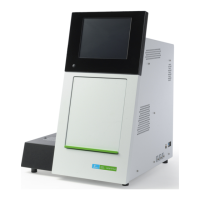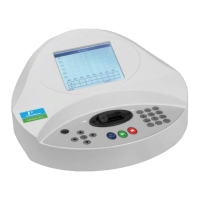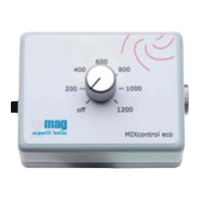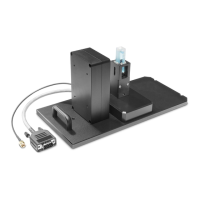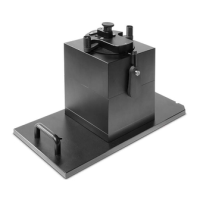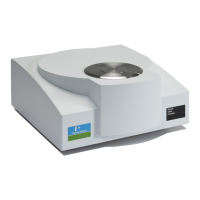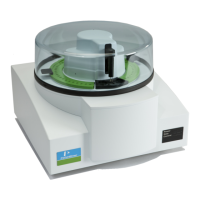Glossary of Terms 304
V4.2 LabChip GX User Manual PerkinElmer
Baseline
A baseline is established just after the start time setting. (For DNA
and RNA assays, you can change the Baseline Start time on the
Analysis Tab.) After the overall baseline is established, a local
baseline is calculated for each peak to compensate for baseline
drift.
To select the desired baseline algorithm for all of the samples in the
plate, choose the desired option on the Peak Find Tab: No
Baseline, Zero Baseline, or Baseline Subtraction. See “Zero
Baseline” on page 329 for more information about the Zero
Baseline option.
Baseline Subtraction can use either Spline fit or Rolling Ball fit for
the baseline curve algorithm.
• Spline - Creates a smooth line fit to the baseline data points and
subtracts this smooth fit from the data. The Threshold
determines how much the baseline fit follows changes in the
data. Lowering the Threshold below the default value of 20
allows the baseline fit to ignore regions that are slow changes of
real signal peaks and not baseline drift. This spline curve is not
constrained to remain below the signal and may produce
negative signal values when subtracted from the signal.
• Rolling Ball - Generates a smooth baseline curve by
mathematically rolling a ball under the sample signal, keeping it
in contact with the closest signal point without crossing into the
signal. Time Diameter and Signal Diameter determine the
smoothness of the curve in the Time and Signal axes and
determine how closely the curve follows the signal. The ball is
constrained to never cross into the signal, therefore the baseline
curve is never greater than the signal and will not produce
negative signal values when subtracted from the signal. See
“Rolling Ball Baseline Curve Example” on page 322 for more
information.
For isolated peaks, the local peak baseline is a straight line
connecting the start point of the peak with the end point. For peaks
that are very close together, an average baseline is used when the
value between the peaks does not drop to the actual baseline.
Figure 141 on page 305 shows baselines established for DNA
assay peaks (based on the settings in the Peak Find Tab). DNA
peaks are determined on a peak-by-peak basis (the overall baseline
is shown).

